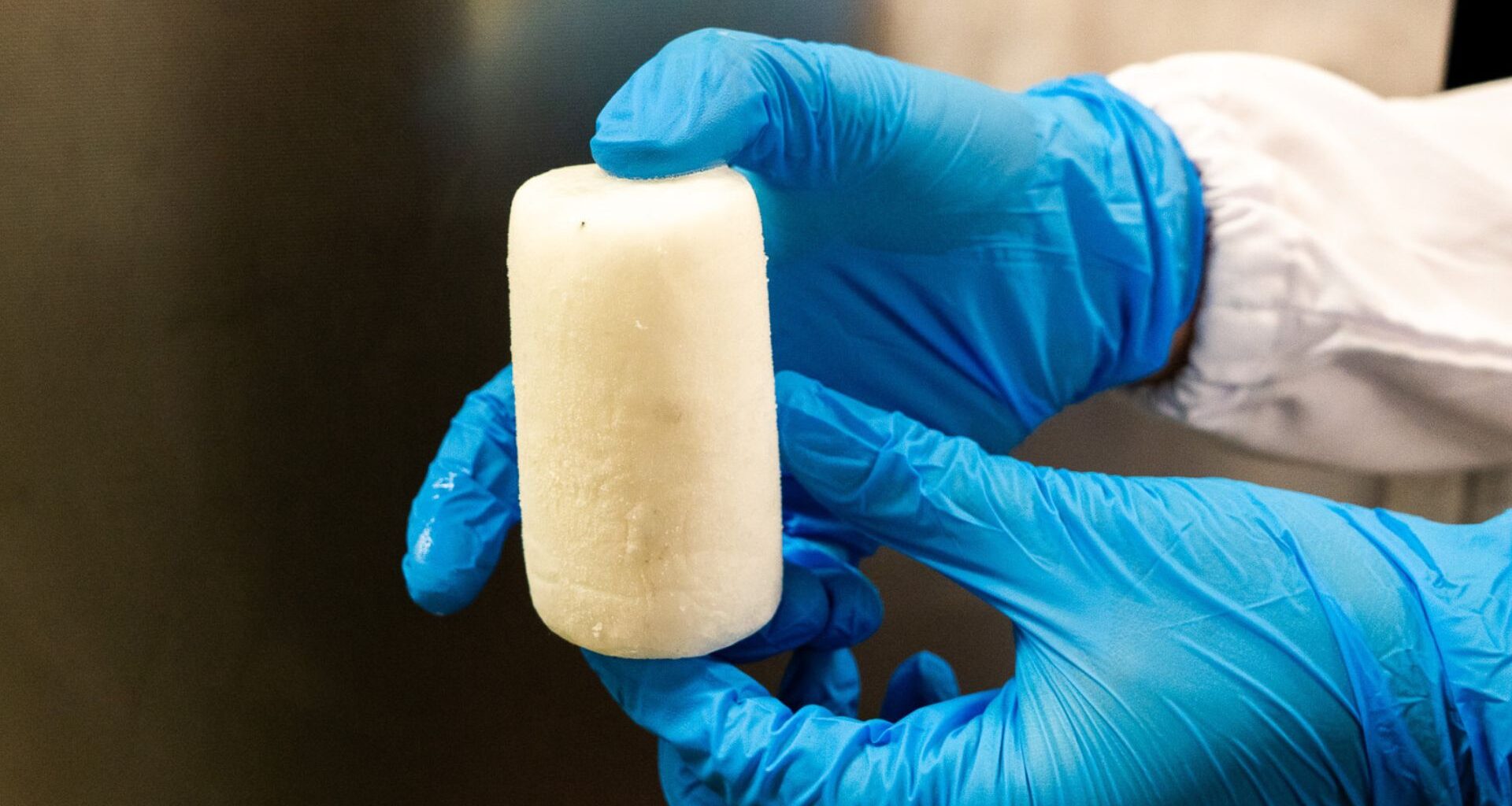A new ice-like material has shown potential for the safer, cleaner, and more efficient storage of natural gas and biomethane.
Researchers at the National University of Singapore (NUS) have developed a reusable, biodegradable ice material called amino-acid-modified ice.
Interestingly, the testing showed the material reached 90% capacity in over two minutes, a huge speed increase compared to conventional systems that take hours.
“Natural gas and biomethane are important components in the energy mix today, but their storage and transport have long relied on methods that are either costly or carbon-intensive,” said Professor Praveen Linga, the lead researcher.
“What we are showing is a simple, biodegradable pathway that can both work quickly and be reused. It makes gas storage safer, greener and more adaptable,” Linga added in the press release on Oct 2.
Faster storage
The current methods for storing natural gas at scale — either under high pressure or cooled to −162°C (liquefied natural gas) — are energy-intensive and costly.
An alternative storage technique, called solidified natural gas, traps methane within an ice-like structure known as a hydrate, but this process is generally too slow to be practical for large-scale applications.
The team found a simple solution by freezing water with a small amount of naturally occurring amino acids – the building blocks of proteins.
The “amino-acid-modified ice” quickly captures methane gas in a matter of minutes.
Lab tests showed that the amino-acid-modified ice rapidly became a white, expanded solid, indicating that methane hydrate formation had occurred.
Remarkably, the material’s storage capacity was 30 times higher than plain ice, achieved in just over two minutes.
The change in the ice’s surface properties, driven by the amino acids, is what makes the gas capture so fast.
Hydrophobic amino acids (like tryptophan) cause tiny liquid layers to form when methane is injected.
These layers provide an ideal surface for hydrate crystals to grow, forming a porous, sponge-like structure that rapidly captures the gas.
In contrast, plain ice forms a dense film that blocks methane from diffusing inward, thereby slowing the process.
The proof-of-concept stage
The team further used Raman spectroscopy to understand the process at a molecular level.
Methane was observed to rapidly and efficiently pack into two types of microscopic hydrate cages, with over 90% occupancy.
“This gives us direct evidence that the amino acids are not only speeding up the process but also allowing methane to pack efficiently into the hydrate cages,” said Dr Ye Zhang, the lead author.
Although currently at the proof-of-concept stage, the modified ice shows highly promising performance.
At near-freezing temperatures and moderate pressures, it outperformed advanced porous materials (like metal-organic frameworks and zeolites) in both the speed and capacity of methane storage.
The system is highly valuable for its reusability and sustainability.
Since amino acids are biodegradable, they avoid the risks associated with chemical surfactants. The method does not produce foaming during gas release.
Furthermore, the material allows for on-demand methane release via gentle heating. After which, the ice can be refrozen and reused in a closed-loop cycle.
This approach is especially appealing for storing renewable biomethane from smaller sources.
The team is now working to scale up the process, test it with natural gas mixtures, and adapt the technique for storing other gases, including carbon dioxide and hydrogen.
The findings were published in the journal Nature Communications.

